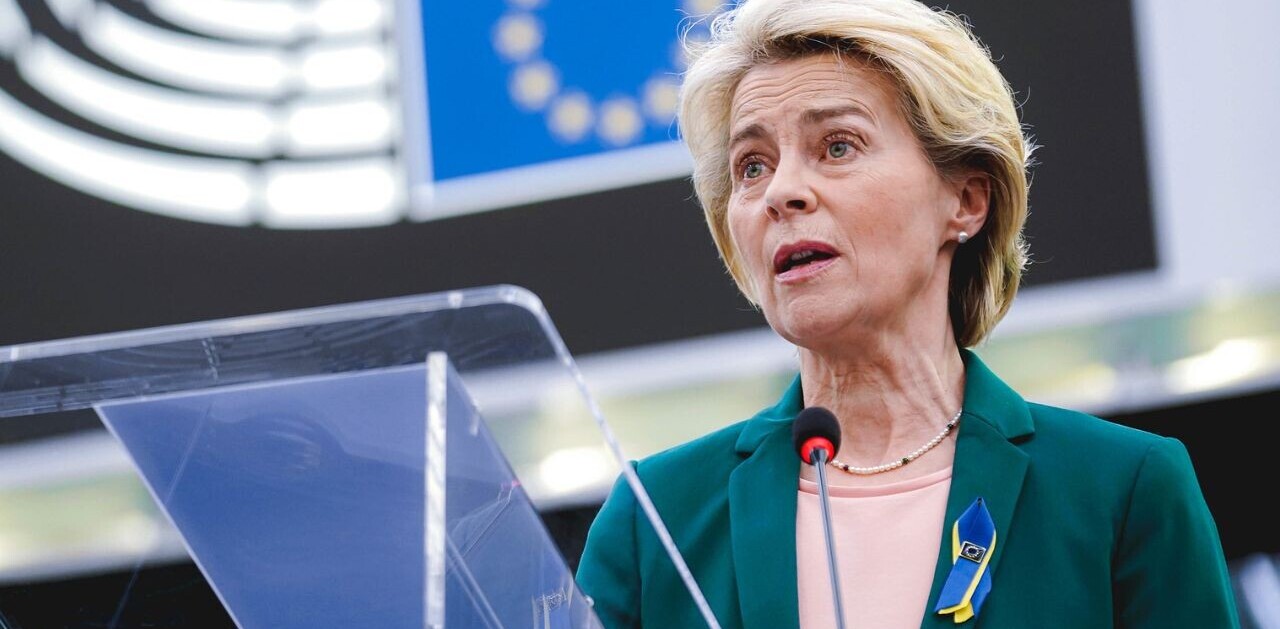
Working for yourself doesn’t necessarily mean you always got to work alone.
You can collaborate on client work with other freelancers (like writers + web designers or even designers + developers). You can partner up to launch companies or agencies. But today’s topic is another type of partnership. It’s one that I don’t see people writing about enough: project partnerships.
Project partnerships could be anything from launching a course together, hosting a co-branded webinar, creating and launching an application, co-writing a book… you get the idea. You’re not necessarily working together, full-time, forever, but you’ve joined forces (like the Justice League!) for a common goal in a set timeframe.
Just like choosing clients you want (or don’t want) to work with, when you work for yourself, you have the power to pick partners to collaborate with. You’re not just “stuck” with people because they’re also employees of the same company. This is possibly my second favourite reason for working for myself (I’ll write about my favourite reason another time).

Project partnerships mean that you’re partnered up with someone (or several people) to release a single project. It doesn’t mean you’re co-founding a company together or working together indefinitely. It just means for one instance, for a period of time, you’ve got a collaborator.
Over the years, I’ve partnered up on a lot of projects. I’ve launched podcasts, courses and even a few one-off events with other people. And, luckily, I’ve picked up on a few essential ingredients to make each collaboration more than the sum of its collaborators.
50/50
I think the key to any project partnership is equal ownership. So if there’s you and one other partner, you both own half. From there you work backwards. Because you’ve each got a 50 percent share, divide up the work accordingly (there’s always a way to divide the work equally since there’s never a shortage of work to be done). If things aren’t equal, resentment can build or lack of motivation (from the person with less ownership) or even dictatorships (from the person with more ownership). Own each project in a perfect split.
Go Small
I could make an analogy to dating before marriage, but however you slice it, it’s best to test the waters in a small way first with someone. Even if you’ve known the person for ages or you’ve been BFFs since birth—there’s a difference between hanging out and working together. So, what can you launch together that’s smaller and faster to start to see if there’s a good fit?
Maybe it’s a webinar about a project you want to take on together. Maybe it’s a landing page to gauge interest before you start work on the product. Maybe it’s writing one chapter together before the entire book. The best way to learn if there’s a good fit with each other is to dive into a small task before the bigger project.
Common goals/expectations
Before money’s involved, make sure you’re on the same page with what you want out of the project—financially, emotionally, time commitment-wise, and what you’re prepared to do (or not do) to make the project work. How would each of you define the success of the project? What metrics would you use to measure it?
How much are you each willing to invest of your own money to get it off the ground? Have these sometimes-hard talks before you start in on the work. It’s also good to set expectations for how disagreements will be handled (because you’ll both be equal owners).
Varied strengths
A good reason to partner up on a project is because the other person probably has skills that you don’t have—and the combination of both your skill sets results in some magical sauce. What most people don’t consider is that it’s also important to have various strengths, not just different skills.
Skills are abilities that can be cultivated with learning, whereas strengths are personal attributes that are ingrained or learned through life experiences. Outgoingness, action-oriented-ness, attention to detail, people skills, tact—all good examples of how a project collaboration can be better if those strengths shared across two people. That way, regardless of the task during the project, someone’s always able to take the lead. Otherwise, if you both share the same strengths, you’ll be much stronger for some tasks and much weaker in others.
That’s it. No long lists or 50-point initial conversation topics to consider. If the partnership is equal, scalable, based on common goals and uses each of your varied strengths—then you’ll be in a great place to start.
Project collaborations can fall apart—sometimes even if you’re best friends before starting. That’s why it’s always important to keep open and honest dialog happening. If something’s not working, the other person should know before you start hating the project (or the other person).
The beauty of working with someone on a project is that you get to pick who you work with. That’s what I love about it, and why I enjoy collaborating so much—we get to make things I’d never be able to create by myself.
Read Next: The secrets to budgeting as a freelancer
Image credit: Shutterstock
Get the TNW newsletter
Get the most important tech news in your inbox each week.






